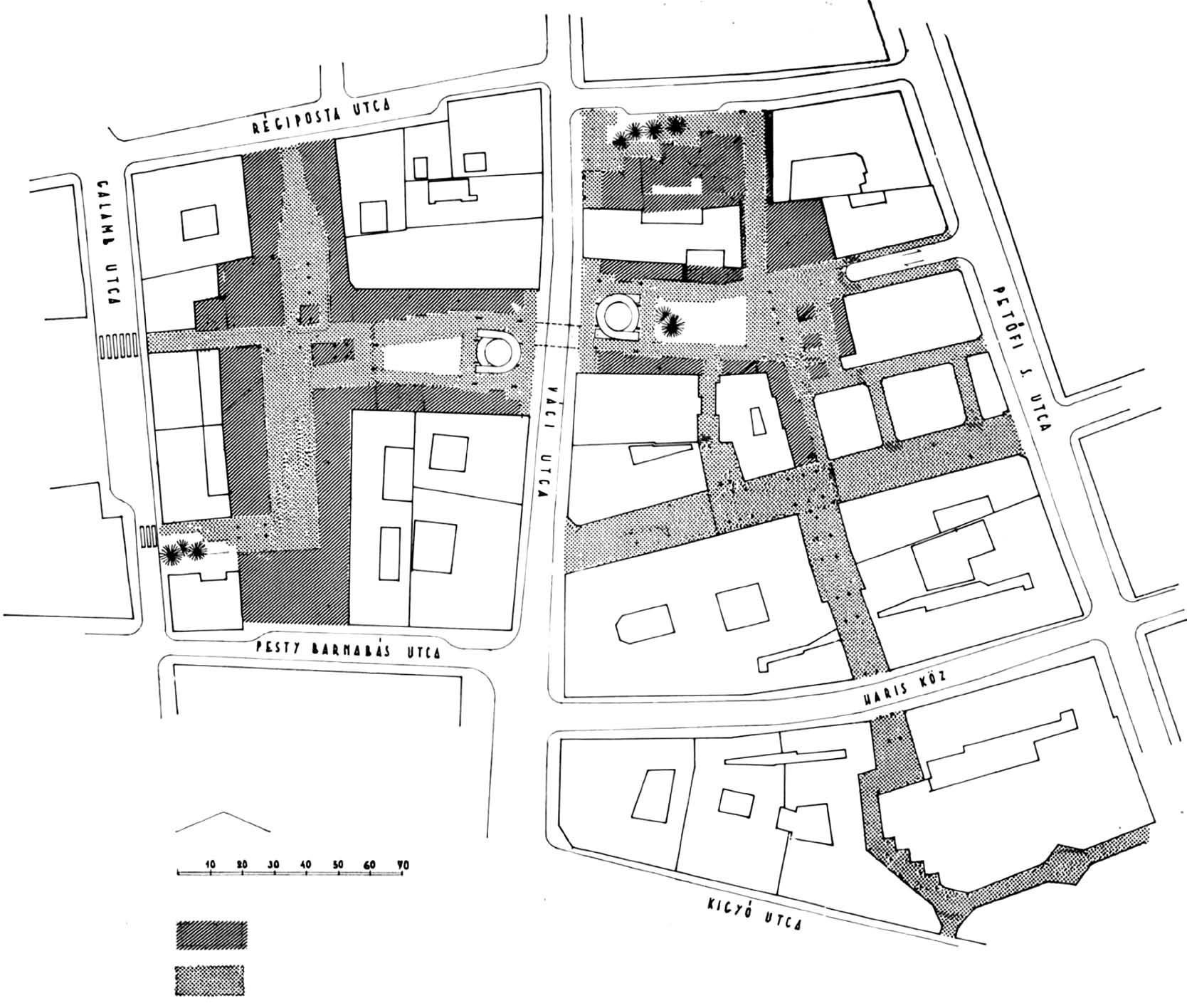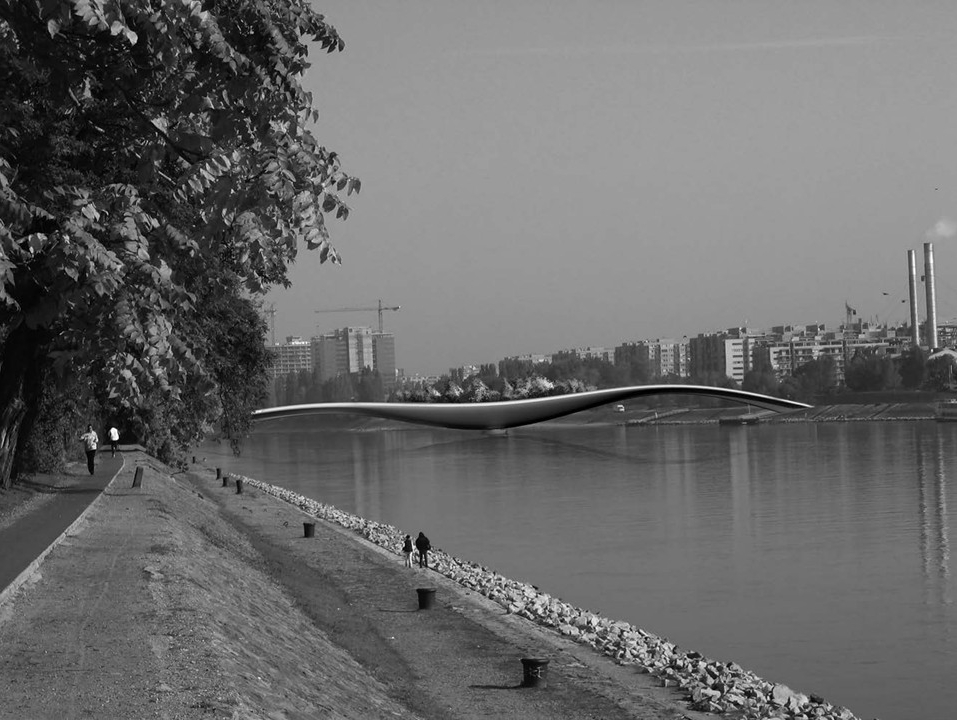Based on the narrowing lists of three Budapest architectural guides (1980, 1997, 2014) of buildings completed 1945-1990, the paper intends to discover the reasons for their survival, changes or demolishing. It concentrates on the story of three office buildings built after 1960. The analysis proves that the two demolished buildings not only lost their tangible value, but their contemporary public and professional acceptance was not without restrictions either. On the contrary, the only one still standing office building was surrounded by a myth which led to the fact that it kept its architectural appreciation even after its radical reconstruction – as the memory of the lost tangible value.
DOI: https://doi.org/10.31577/archandurb.2020.54.3-4.4

This work is licensed under a Creative Commons Attribution 4.0 International License.












